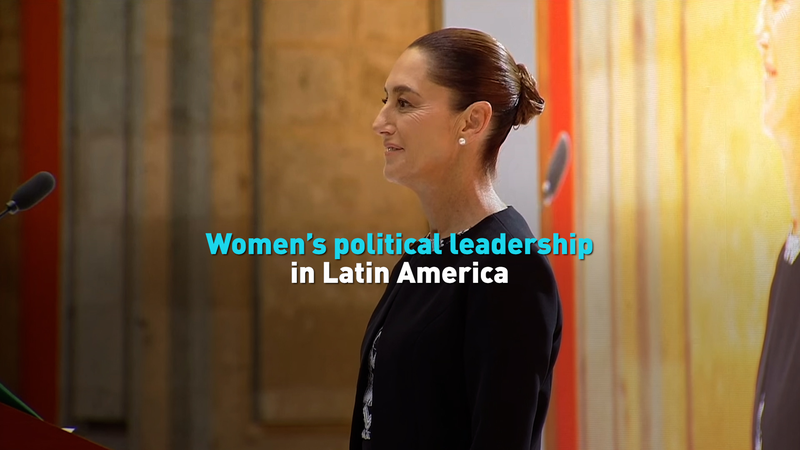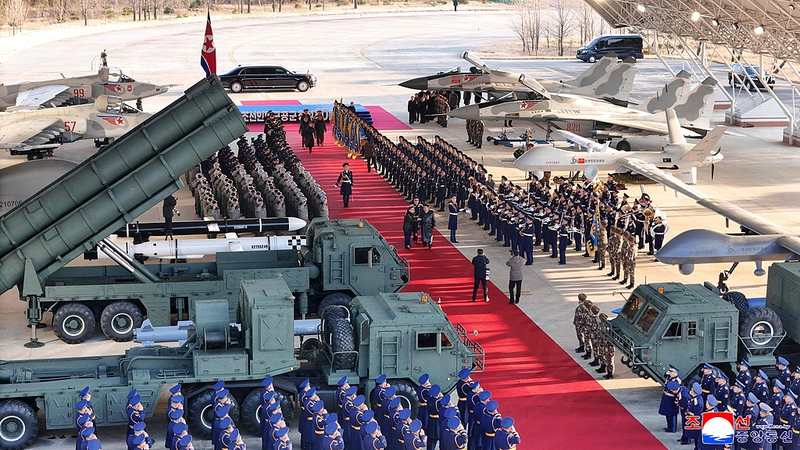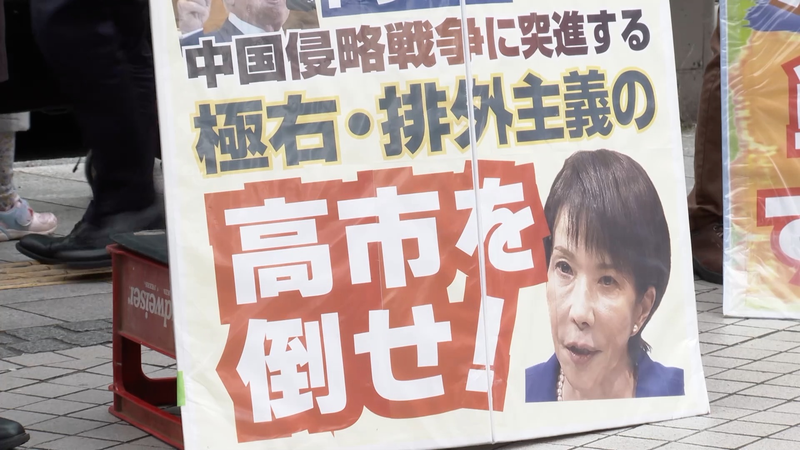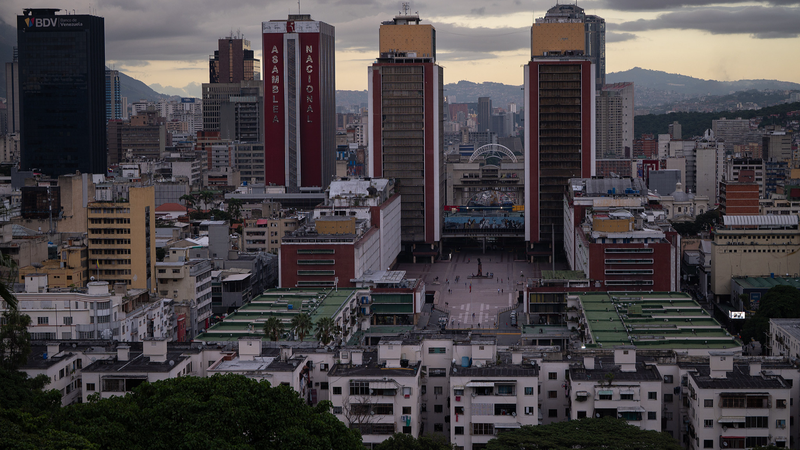As the Global Leaders’ Meeting on Women in Beijing gathers international attention, Latin America stands out for its history of female heads of state yet continues to grapple with gender gaps in politics. From Michelle Bachelet’s back-to-back presidency in Chile to Dilma Rousseff’s groundbreaking term in Brazil, the region has blazed trails. But data reveals women hold just around 30% of parliamentary seats across Latin American countries, still below the 50% threshold for true parity.
Key factors driving change include gender quotas, youth-led movements and digital campaigns that amplify women’s voices. In Mexico, a 50% gender quota in candidate lists has boosted female representation, while grassroots groups in Argentina leverage social media to push for policy reforms. Yet cultural norms and systemic barriers remain obstacles, with women politicians often facing online harassment and limited access to campaign funding.
For young global citizens, the rise of women in Latin American politics offers both inspiration and a call to action. Entrepreneurs and tech innovators are creating platforms for training, mentoring and safe spaces for aspiring leaders. Sustainability advocates highlight how inclusive governance leads to more equitable policies on social issues and environmental protection.
As the dialogue on women’s leadership unfolds in Beijing, Latin America’s journey underscores that progress is possible, but true gender equality in politics demands sustained efforts. The region’s experience shows that when women lead, governance becomes more representative and resilient, benefiting societies as a whole.
Reference(s):
cgtn.com




